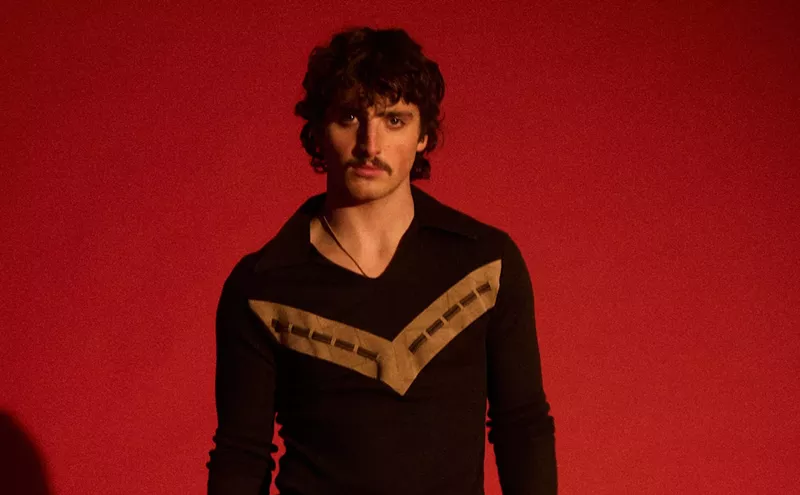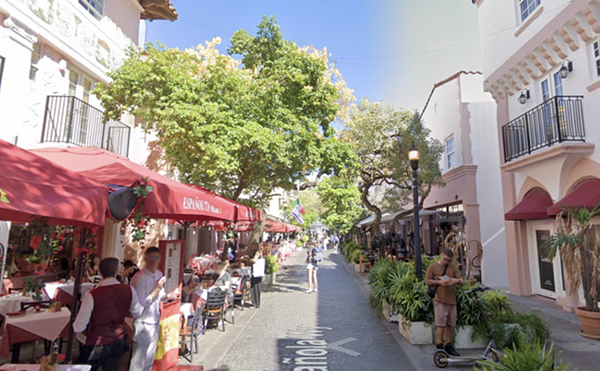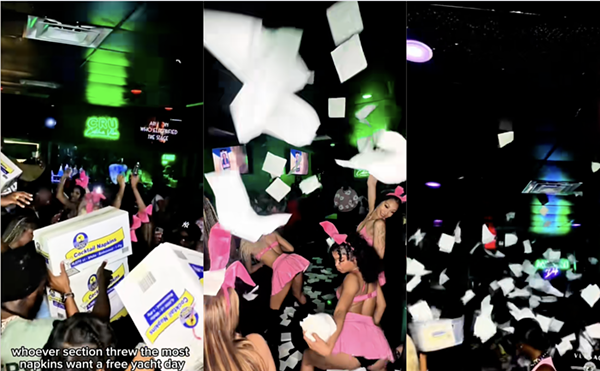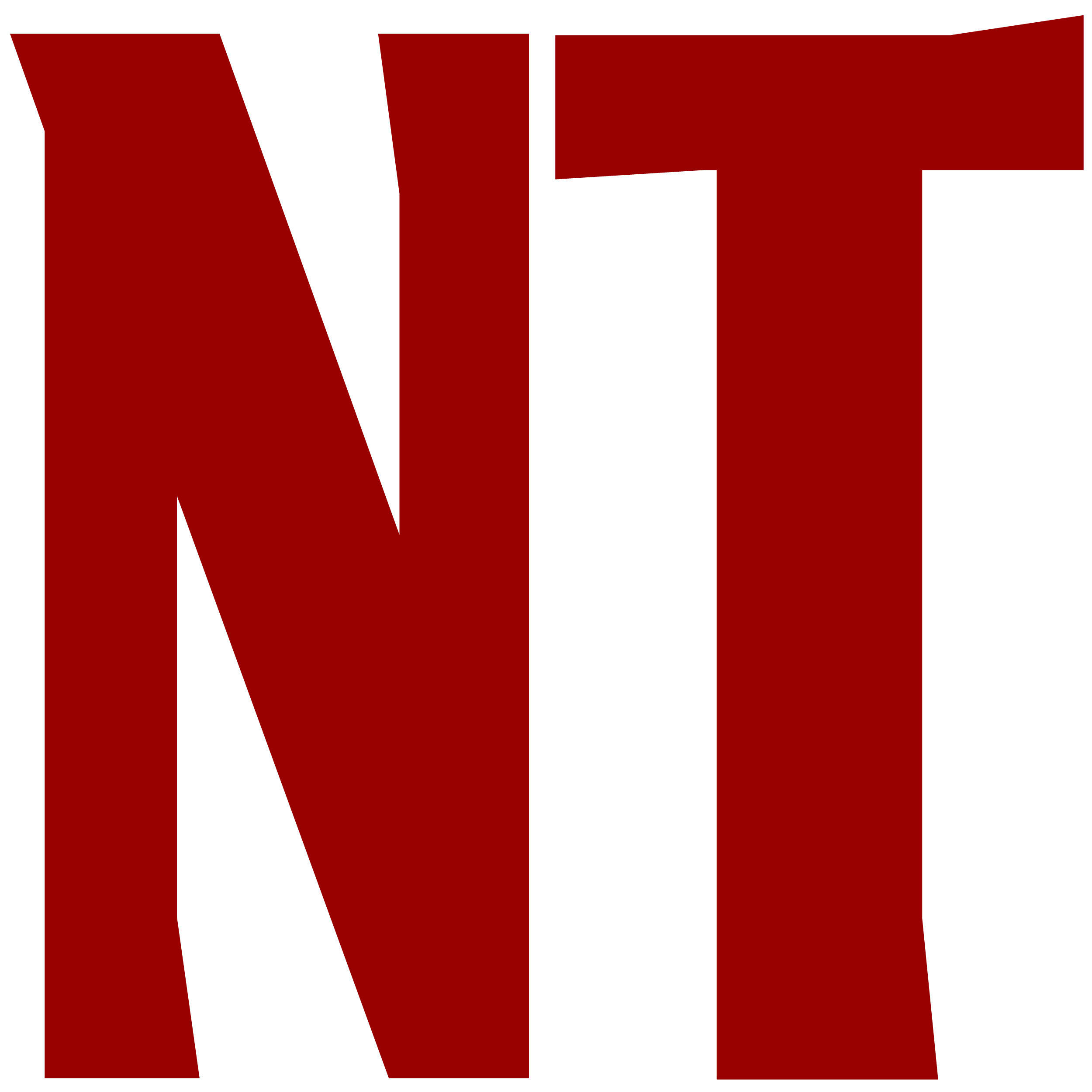Whether you stop by the mysterious works of Pierrot Barra, Murat Brierre's poetically embossed metal pieces, Serge Jolimeau's baroque mythological figures, Patrick Vilaire's makeshift puppet shrines, or the ominous work of Jean Herard Céleur, and Jean Camile Nasson, who's known best by his last name, you're in for a treat.
Liz Cerejido, a well-known Miami photographer, curated "Lespri Endependan," which translates from the Kreyol as "independent spirit." But this is not a minor event in an anonymous place, and I didn't know Cerejido was a curator until I saw the show.
You're a curator at the Frost Art Museum?
Yes, this is my first major project. I've been a curator for about a year and a half...I was also in charge of the Abelardo Morell show.
The exhibit looks pretty good. How did you pull this together?
[Laughter] I counted on the help of great friends and really wanted people to think about Haitian art in a different way -- to break away from easy stereotypes.
How did the idea of this show come about?
We wanted to commemorate the Haitian bicentennial and we knew other institutions in South Florida were doing the same. My idea from the beginning was to do something different, to focus on a different matter. I talked to some people and I knew I didn't want to do flags or nave paintings and I didn't want it to be about vodou.
The usual stereotypes.
Yes, what we generally think of as Haitian art. Then, I stumbled upon sculptures and the idea of doing a group exhibit and I thought, Why not Haitian sculptures as three-dimensional pieces that can be appreciated as contemporary sculptures?
Did you travel to Haiti?
I did, but when I went to Haiti the show was already planned. What Haiti did was to give me a deeper understanding of where the pieces were coming from and of the artists who were producing them.
What influenced your selection?
I looked at the tradition of sculpture in Haiti. Where does it begin and where is it now? We had to define our characterization of "sculpture" in this context. It took about a year. I didn't know much about Haitian art in general, much less about sculpture. In doing the research, I didn't find a single volume addressing sculpture. So I went to the sources. A major one was Donald Cosentino, the principal editor and curator of the "Sacred Arts of Haitian Vodou," a show that traveled to the Center for the Fine Arts years ago.
I remember that show.
This book was an invaluable resource for revisiting what is Haitian art outside the stereotype. I called Reynald Lally [who had curated a show in the Design District almost two years ago]. I contacted him because I liked his vision. He was happy to help me with images of contemporary work. He really is in touch with Haiti.
That's a nice meeting of minds.
Indeed. What I loved about Reynald is that he intuitively understood what I wanted and provided me with a barrage of images, whereas Cosentino provided me with scholarly support. Axelle Liautaud is someone who pointed me to other private collections where I could find important metal work.
So how did you pick the particular works?
In looking at Cosentino's catalogue I realized we needed to address some categories: the "metal work," for instance, which goes back to the beginning to Haitian sculpture as we define it in the contemporary sense. It's a beginning of a Haitian tradition. Then you have these "ritual objects." It's tricky because I didn't want to reproduce vodou temples or altars. The idea was to pull the pieces out of their contexts -- you don't have to have the piece on an altar for it to project a spiritual intensity. In a way, the attention shifts from religiosity to the formal sculptural attributes. The sacral elements become intrinsic.
Nice strategy. Some of the pieces in the show seem as if made especially for private collections, others seem to reflect less that concern.
If you take those pieces in the front room -- for instance the metal work, because of the craft, which reminds you of early twentieth-century sculpture -- in truth that was created by artists who were not necessarily thinking of showing in a museum. And yet the work that looks as if bought from the streets of Haiti is done by artists who are well aware of today's art market.
Any names?
Two artists that sort of mark a shift are Barra and Nasson. Barra is dead. He was a market artist, a priest, interested in representing spirituality through his work. He collected trash and created complex layered assemblages of dolls and materials. There is so much there you can find -- a Darth Vader, Pee-Wee Herman porcelain dolls, discarded weird dolls. He mixed these with satin fabrics -- like the horse in the middle of the showroom. If you take a closer look, it's literally put together with pins; a plastic horse you wrapped in fabric and imbued with this mythical intensity.
The material aspect of these pieces is fascinating.
One keeps wondering: How can anyone recycle garbage and turn it into good art?
Isn't recycling a reflection of the socio-economic reality of Haiti?
Absolutely. Take the metal work's source -- recycling oil drums, which is unique. You have cultural and religious aspects. Then you also have an aesthetic concern in the compositions. Some are very minimal, some very intricate, like the work of Serge Jolimeau.
Let's talk about the work of Jean Herard Céleur.
Oh, he's amazing. Motorcycle frames, car parts, skulls -- you can see how important raw materials are for him. They are the protagonists. Then you have these huge sculpted phalluses.
Conveniently hidden in the back.
[Laughter] Céleur is a young artist living in Grand Rue, a slum of Port-au-Prince. He creates literally out of trash the most sophisticated collage work, and he's sculpting. A very self-conscious process going on here: The phallus is addressing sexuality and life and death, and [in vodou mythology] it's also a trickster.
Those big phalluses take some carving.
They are huge in scale, which is comical. They're almost charging at you. He takes much effort in creating these pieces out of wood, so that he relies less on the assemblage part, because there's so much already that he brings up with his own technique. The phallus is in all the categories of the show. This is a pervasive symbol in many cultures, but it comes back, in Céleur's work, with a contemporary focus and in a very bold and ironic way.
I liked Murat Brierre's metal pieces. Do you have a favorite piece?
If I had to pick three artists they would be Barra, Nasson, and Céleur.
That huge boat by Nasson is some piece.
I stopped today by Eddy Steinhauer's boxes. And I don't remember having seen much of birds in Haitian art. His part-bird, part-man assemblages are very sinister. I find them quite interesting. There's something new to discover each day.
You've tried to break stereotypes here.
I'd like people to think about Haitian artists differently. They're not necessarily in search of African roots or vodou. This is something that Mario Benjamin [who also has an installation in the show] made me aware of. He introduced me to the art of Céleur, Eugene, and Guillaudo, who are making bold statements, recycling but in a different manner. Mario was very important for me in realizing how to break away from stereotypes.
Congratulations for such a handsome exhibit.
Thanks.












